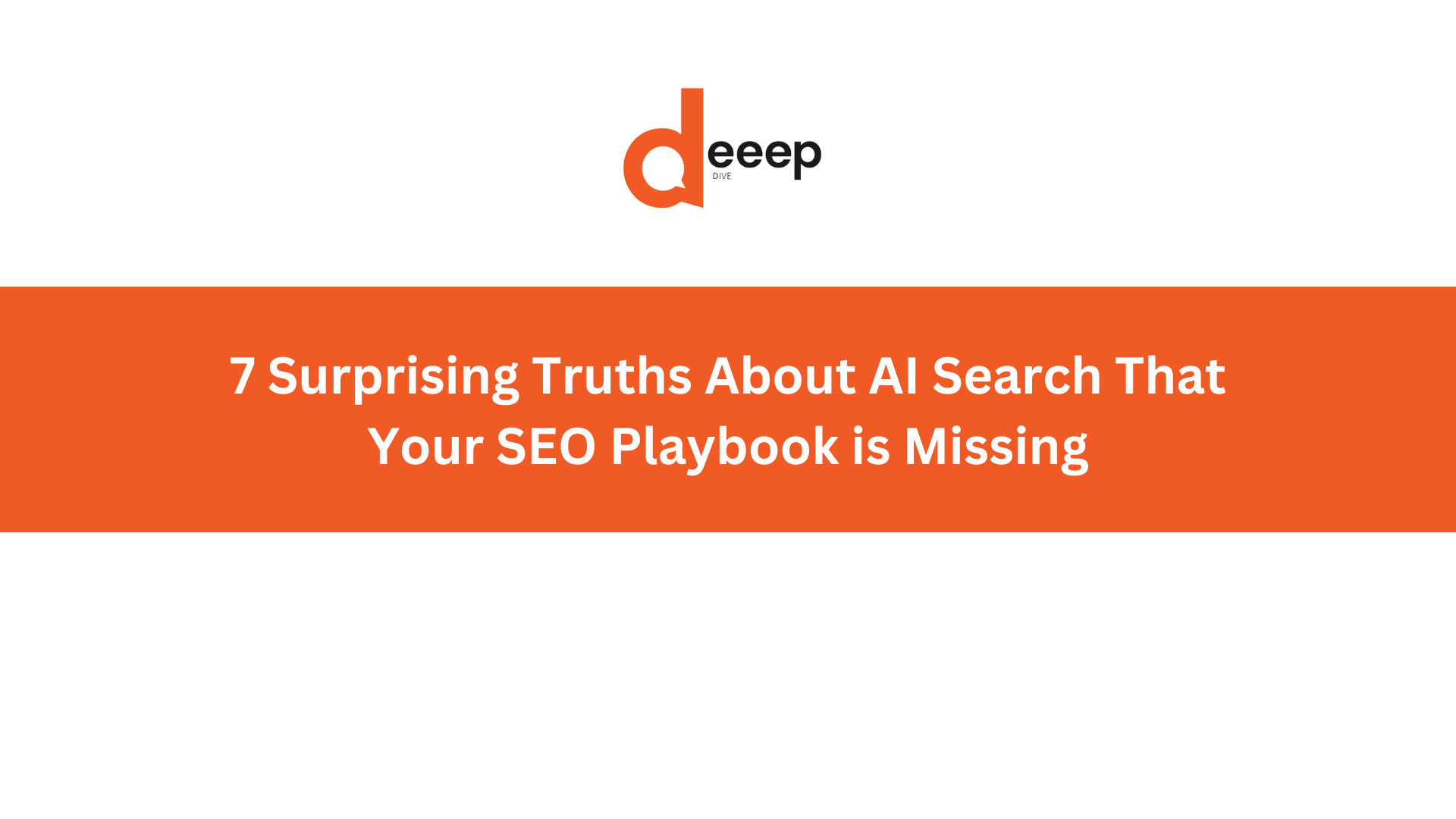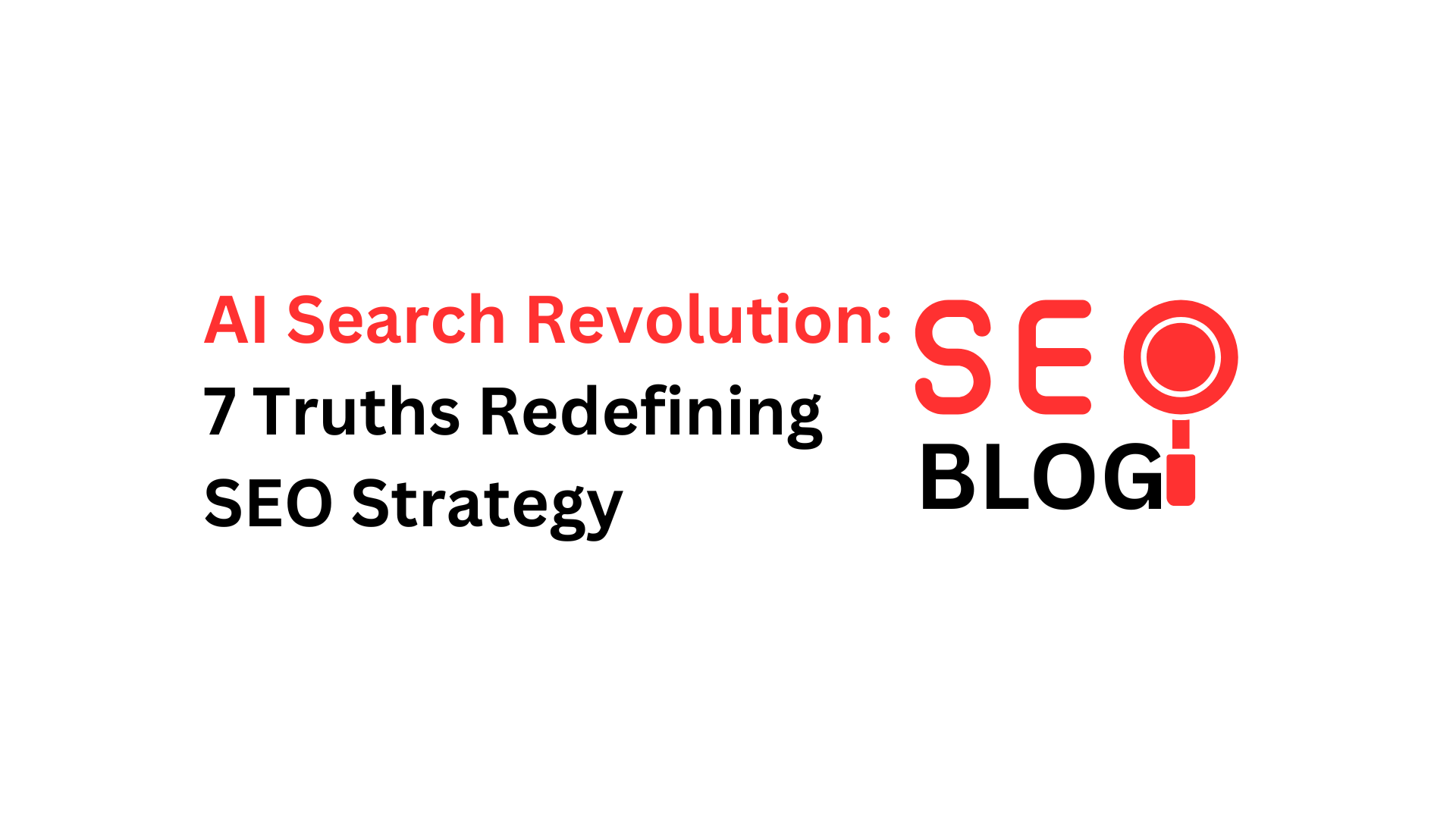Introduction
Email marketing remains one of the most powerful tools for businesses to connect with their audiences, nurture leads, and drive conversions. This comprehensive guide addresses 10 of the most frequently asked questions about email marketing, offering in-depth insights, practical examples, and actionable steps to help marketers at any level. Whether you’re just getting started or looking to refine your current strategy, this guide is for you.
What is Email Marketing and Why is it Important?
Email marketing is a digital marketing strategy that involves sending emails to a targeted group of recipients. These emails can be promotional, informational, or designed to build relationships with potential or existing customers. Despite the growth of social media and other channels, email remains a direct and highly effective communication method. With billions of active email users worldwide, businesses can reach a broad audience while maintaining personalization.
The importance of email marketing lies in its cost-effectiveness and ability to yield high returns. According to several industry reports, email marketing can generate an average ROI of $36 for every $1 spent. This is achieved through precise targeting, personalization, and automation. Businesses can segment their audience based on behavior, interests, or demographics to send relevant messages that resonate.
Additionally, email marketing allows brands to maintain consistent contact with their audience. Unlike social media platforms, where algorithms dictate visibility, email delivers messages straight to the recipient’s inbox. This autonomy gives businesses greater control over their communication strategies.
Another reason email marketing is crucial is its measurability. Marketers can track open rates, click-through rates, bounce rates, and conversions to determine the success of campaigns. These insights help refine future strategies and maximize results.
Whether used to promote products, share news, deliver content, or re-engage inactive customers, email marketing is a versatile tool that can adapt to various business goals. In summary, it’s not just about sending emails—it’s about creating meaningful experiences that convert readers into loyal customers.
How Do You Build an Effective Email List?
An effective email list is the cornerstone of a successful email marketing campaign. Unlike buying email lists, which can harm your brand reputation and violate regulations, building your list organically ensures you engage with an audience genuinely interested in your offerings.
The process starts with offering something valuable—this is commonly known as a lead magnet. Lead magnets can be in the form of eBooks, webinars, checklists, templates, discount codes, or exclusive content. The goal is to give visitors a compelling reason to subscribe.
To collect emails, businesses typically use opt-in forms strategically placed on websites, landing pages, blogs, and social media. Pop-ups, slide-ins, and embedded forms in high-traffic areas like blog posts or checkout pages are particularly effective. The messaging on these forms should be clear and action-oriented, using phrases like “Download Now,” “Subscribe for Free Tips,” or “Get 20% Off Today.”
Another essential component is using a double opt-in process. This involves sending a confirmation email after someone signs up, requiring them to click a link to verify their email address. While this adds an extra step, it ensures list quality by filtering out fake or mistyped addresses.
Offline events like trade shows, workshops, or store visits can also be opportunities to grow your email list. Collect business cards or use tablets for on-site signups.
It’s critical to remain compliant with email marketing laws such as GDPR and the CAN-SPAM Act. This means clearly stating what users are signing up for, providing easy unsubscribe options, and never sending unsolicited emails.
Consistency in communication is also key. Once someone signs up, follow up with a welcome email that sets expectations and introduces your brand. This initial engagement sets the tone for future interactions and can significantly impact open rates.
In conclusion, building a robust email list takes time, strategy, and continuous optimization, but the results—loyal customers and higher conversion rates—are well worth the investment.
What is Audience Segmentation and Why Does It Matter?
Audience segmentation refers to dividing your email subscribers into smaller groups based on specific criteria. This enables you to send more relevant and personalized emails, which can lead to higher engagement, increased conversions, and reduced unsubscribes.
Segmentation can be based on a variety of factors:
- Demographic Data: Age, gender, income level, job title, etc.
- Geographic Location: Country, city, timezone—important for localizing content or send times.
- Behavioral Data: Purchase history, website activity, past email interactions.
- Psychographics: Interests, lifestyle, values.
- Engagement Level: Active vs. inactive users.
The reason segmentation is so effective is because it enables targeted messaging. For example, a clothing retailer could send winter gear promotions only to subscribers in colder regions. Similarly, a tech company could send beginner-friendly tutorials to new users and advanced tips to long-time customers.
Advanced segmentation can go further by using predictive analytics to anticipate future behavior. For instance, if a user frequently clicks on travel deals but hasn’t purchased, you can send a time-limited offer to convert them.
Many email service providers (ESPs) offer built-in segmentation tools. Platforms like Klaviyo and ActiveCampaign allow you to create complex, behavior-based segments that update dynamically as users interact with your content.
The result of good segmentation is improved metrics across the board—higher open rates, better click-through rates, and fewer unsubscribes. You’re not just broadcasting; you’re starting conversations.
Ultimately, audience segmentation transforms generic email marketing into personalized customer experiences, making your communication more meaningful and impactful.
How Do You Craft Engaging Email Content?
Creating engaging email content involves more than just good grammar—it requires strategy, empathy, and understanding of your audience’s needs. The subject line is the first thing recipients see and can make or break your open rate. Aim for clarity, curiosity, and brevity. Use power words, personalize when possible, and test different versions through A/B testing.
Once your email is opened, the body content needs to deliver value quickly. Keep paragraphs short and scannable. Use bullet points, bolded text, and headings to improve readability. The tone should match your brand voice, whether it’s professional, friendly, or quirky.
Each email should have one clear goal. Whether it’s clicking a link, downloading a file, or making a purchase, use a strong call-to-action (CTA). Place the CTA prominently and repeat it if necessary.
Storytelling is another powerful technique. Sharing case studies, testimonials, or behind-the-scenes content can create emotional engagement. Visuals such as images, GIFs, and videos also help in breaking up text and maintaining attention.
It’s also important to format for mobile devices, as a majority of emails are opened on smartphones. Use responsive design, large fonts, and mobile-friendly buttons.
Finally, don’t forget the footer. Include contact information, social media links, and unsubscribe options to build trust and comply with regulations.
Consistency in sending frequency also matters. Whether it’s a weekly newsletter or a monthly update, set expectations early and stick to them. Over-communicating can lead to unsubscribes, while under-communicating might reduce engagement.
Crafting great content takes time and experimentation. Track metrics like click-through rate, forward/share rate, and conversions to refine your content strategy over time.
Here’s a complete continuation of your guide with sections 5 through 10 added, ensuring consistency in tone, formatting, and depth of insight:
5. What Role Does Automation Play in Email Marketing?
Email automation allows marketers to send the right message to the right person at the right time—without manual intervention. It leverages triggers based on user behavior or specific timelines to initiate personalized email sequences, improving engagement and efficiency.
Common automated email workflows include:
- Welcome Series: Sent after a user signs up, introducing them to your brand, offerings, and values.
- Abandoned Cart Emails: Remind users of products left in their shopping cart, often including a discount or urgency.
- Re-engagement Campaigns: Target inactive subscribers with special offers or surveys to rekindle interest.
- Post-purchase Follow-ups: Provide order confirmation, request reviews, or suggest complementary products.
Platforms like Mailchimp, HubSpot, and ActiveCampaign offer visual workflow builders that make setting up automations intuitive. Automation reduces workload, ensures timely follow-ups, and nurtures leads systematically.
The key to successful automation lies in planning the customer journey and aligning content with user expectations at each stage. Regularly monitor performance metrics like conversion rates and unsubscribe rates to optimize workflows for better results.
6. How Can You Improve Email Open and Click-Through Rates?
Open and click-through rates (CTR) are vital indicators of email performance. Improving these metrics starts with crafting compelling subject lines. Aim for curiosity, urgency, or personalization (e.g., using the recipient’s name or referencing a recent interaction).
Next, optimize your preheader text—the preview line seen alongside the subject. It should complement the subject line and entice further.
In the email body, keep content concise and aligned with your CTA. Use a clear visual hierarchy, with the most important information at the top. Incorporate buttons for CTAs rather than text links to improve clickability on mobile devices.
Segmented and personalized content often performs better than generic emails. For example, recommending products based on past purchases can significantly increase engagement.
Test send times to find when your audience is most likely to open emails—weekday mornings often work well, but this varies by industry and audience. A/B testing subject lines, content formats, images, and CTAs can reveal what resonates most.
Finally, ensure deliverability by maintaining a clean email list and authenticating your domain (SPF, DKIM, and DMARC records). Poor deliverability means your emails may never get opened because they land in the spam folder.
7. What Metrics Should You Track and Why?
Effective email marketing is data-driven. Tracking the right metrics helps you evaluate performance and identify areas for improvement. Key metrics include:
- Open Rate: Percentage of recipients who open the email. It indicates how compelling your subject line and preheader are.
- Click-Through Rate (CTR): Shows how many people clicked a link within your email—a direct measure of engagement.
- Conversion Rate: Measures how many recipients completed the desired action (e.g., purchase, sign-up) after clicking a link.
- Bounce Rate: The percentage of emails that couldn’t be delivered. A high bounce rate can hurt your sender reputation.
- Unsubscribe Rate: Reflects how many people opted out of your list—useful for evaluating content relevance and frequency.
- Spam Complaint Rate: Indicates the number of recipients who marked your email as spam. Keep this below 0.1%.
More advanced tracking includes heatmaps to see where users click, revenue per email, and list growth rate.
These insights allow you to iterate on subject lines, improve content quality, optimize send times, and refine targeting. Most ESPs provide dashboards that make monitoring these KPIs straightforward.
8. How Often Should You Send Emails?
Finding the right sending frequency depends on your audience, goals, and content. Sending too often can lead to fatigue and unsubscribes, while infrequent emails can result in disengagement.
For most businesses, a weekly or biweekly cadence works well. Ecommerce brands may send promotional emails more frequently (2–3 times a week), especially during sales or holidays, while B2B companies often stick to monthly newsletters or event-driven campaigns.
What matters most is setting expectations from the start. Let subscribers know what kind of emails they’ll receive and how often. Use welcome emails to reinforce this.
It’s wise to monitor unsubscribe rates and engagement levels. A spike in opt-outs may indicate you’re emailing too frequently or content isn’t relevant.
Offering email frequency preferences at sign-up or in the footer of your emails can empower users and reduce churn.
9. How Do You Avoid Spam Filters?
Landing in the spam folder can derail even the best-crafted campaigns. To avoid this, follow best practices:
- Use a Recognizable Sender Name: People are more likely to open emails from known sources.
- Authenticate Your Domain: Implement SPF, DKIM, and DMARC to prove you’re a legitimate sender.
- Avoid Spammy Language: Phrases like “Buy now!” or “Free!!!” can trigger spam filters. Also, avoid excessive use of ALL CAPS and exclamation marks.
- Maintain List Hygiene: Remove inactive users regularly. Sending to unengaged recipients can lower your reputation score.
- Use Double Opt-In: This ensures you only send emails to people who truly want them.
- Balance Text and Images: Emails with too many images or embedded media may be flagged.
- Include a Clear Unsubscribe Link: Required by law and helps keep your list healthy.
- Monitor Spam Complaints: High complaint rates can affect deliverability.
Regularly test your emails using tools like Mail-Tester or GlockApps to see how they perform against spam filters.
Top 10 Tools and Platforms for Email Marketing
The right email marketing platform can streamline your strategy, improve targeting, and provide in-depth analytics. Some of the top tools include. When choosing a platform, consider features such as ease of use, automation depth, segmentation tools, pricing, and integrations with your existing tech stack.
Choosing the right email marketing platform is crucial to the success of your campaigns. The best tools provide user-friendly interfaces, powerful automation features, deep analytics, and integrations with your existing tech stack. Below is a curated list of the top 10 email marketing platforms, including their strengths and weaknesses to help you decide which one fits your business needs best.
1. Mailchimp
Strengths:
- Beginner-friendly drag-and-drop builder
- Free plan with basic automation
- Comprehensive templates and A/B testing
- Strong analytics and reporting
- Integrates with over 250 tools
Weaknesses:
- Limited automation in the free plan
- Costs increase rapidly with list size
- Some advanced features locked behind higher tiers
2. ActiveCampaign
Strengths:
- Best-in-class automation and customer journeys
- Advanced segmentation and tagging
- Integrated CRM features
- Predictive content and machine learning tools
- Highly customizable workflows
Weaknesses:
- Learning curve for beginners
- No free plan (only free trial)
- Overwhelming for small-scale users
3. ConvertKit
Strengths:
- Tailored for creators, bloggers, and solo entrepreneurs
- Easy-to-use visual automation builder
- Seamless integrations with creator tools (e.g., Teachable, Gumroad)
- Supports email courses and tagging
Weaknesses:
- Fewer design customization options
- Expensive for larger lists
- Basic analytics compared to others
4. Sendinblue (now Brevo)
Strengths:
- Affordable pricing (based on emails sent, not subscribers)
- Built-in SMS marketing
- Transactional email capability
- Advanced automation features
- GDPR-compliant data handling
Weaknesses:
- Limited design templates
- Free plan has daily sending limit
- Slower customer support at times
5. Klaviyo
Strengths:
- E-commerce focused (especially for Shopify, WooCommerce)
- Highly detailed segmentation and automation
- Predictive analytics and customer lifetime value modeling
- Seamless product recommendations
Weaknesses:
- Steeper learning curve
- Price scales quickly with contacts
- Not ideal for non-ecommerce businesses
6. HubSpot Email Marketing
Strengths:
- Part of the broader HubSpot CRM ecosystem
- Excellent contact management and personalization
- Free tier includes robust features
- In-depth reporting
Weaknesses:
- Higher pricing at scale
- Some features only available in paid CRM plans
- Limited template customization in free version
7. GetResponse
Strengths:
- All-in-one marketing suite (webinars, landing pages, etc.)
- Autofunnel feature for pre-built sales funnels
- Advanced autoresponder capabilities
- Supports webinars (rare in email tools)
Weaknesses:
- UI can be outdated
- Not as intuitive for beginners
- Webinars and automation locked in higher plans
8. Moosend
Strengths:
- Affordable and feature-rich
- Powerful automation tools
- Intuitive drag-and-drop builder
- Real-time analytics and reporting
Weaknesses:
- Smaller library of email templates
- Limited integrations compared to others
- Not as well-known, so fewer community resources
9. MailerLite
Strengths:
- Clean interface, ideal for small businesses
- Free plan includes automation, landing pages, pop-ups
- Fast customer support
- Great deliverability
Weaknesses:
- Fewer advanced segmentation features
- Basic reporting
- Not ideal for complex workflows
10. Benchmark Email
Strengths:
- Modern, responsive design templates
- Real-time editing and collaboration
- Global reach with multilingual support
- Focused on simplicity and usability
Weaknesses:
- Limited automation compared to others
- Template customization is restricted
- Entry-level analytics
Summary Table
| Platform | Best For | Notable Strength | Notable Weakness |
|---|---|---|---|
| Mailchimp | Beginners & SMBs | Ease of use, templates | Pricey at scale |
| ActiveCampaign | Advanced users | Deep automation | Steep learning curve |
| ConvertKit | Content creators | Email courses & tags | Fewer design options |
| Sendinblue | Budget-conscious users | SMS & transactional emails | Limited templates |
| Klaviyo | Ecommerce brands | Customer insights | High pricing |
| HubSpot | CRM-focused marketers | Free CRM integration | Expensive upgrades |
| GetResponse | Funnel marketers | Webinars & funnels | Clunky UI |
| Moosend | Budget & features | Real-time analytics | Fewer integrations |
| MailerLite | Small businesses | Great UI & free plan | Basic segmentation |
| Benchmark | Simplicity seekers | Design-focused | Limited automation |
Conclusion
Email marketing remains a cornerstone of digital strategy—when executed with purpose, personalization, and precision. By understanding and applying the fundamentals covered in this guide, you can build stronger relationships with your audience, increase conversions, and maximize ROI. Whether you’re launching your first campaign or scaling a mature program, these 10 questions serve as a blueprint for long-term success.



